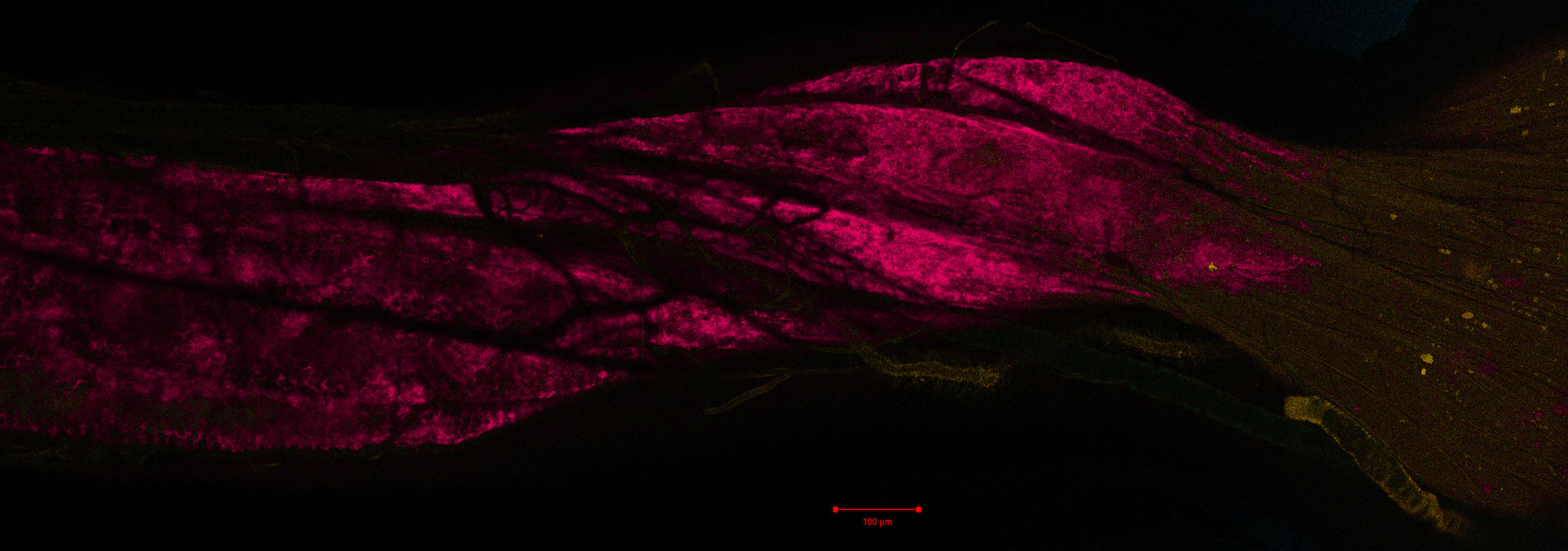Nancy A. Moran
Research
CURRENT RESEARCH
PAST RESEARCH
- Elucidating the molecular bases of species interactions in host-associated bacterial communities
- Role of Gut Microbiota in Honey Bee Health
- Coevolutionary dynamics in an obligate insect symbiosis
- Colonization by a Co-evolved Gut Community
- Dual Obligate Intracellular Symbionts
- Control of Bee Behavior by Stably Engineered Gut Microbial Communities
- Dimensions of Biodiversity: the Gut Microbiota of Bees
- Environmental Genomics of Symbionts in Pea Aphids
- Genomics of Bacterial Symbionts of Plant Sap-Feeding Insects
- Biocomplexity in the Environment
- Bacterial Endosymbiont Diversity in Drosophilla
- Biocomplexity of Symbiotic Bacteria
- Genomic Evolution of Buchnera
- Evolutionary Dynamics of Endosymbiont-Borne Adaption on Aphids
- Molecular Phylogenetics of Sternorrhyncha
- Phylogenetics of Aphids
- Genetically Variable Complex Life Cycles in Heterogeneous Environments
Research in the moran lab

My long-term interests are in the biology of symbiosis, particularly that between multicellular hosts and microbes. Symbioses are central in the evolution of complexity, have evolved many times and are critical to the lifestyles of many animals and plants and also to whole ecosystems, in which symbiotic organisms are key players. The primary reason that symbiosis research is suddenly active, after decades at the margins of mainstream biology, is that DNA technology and genomics give us enormous new ability to discover symbiont diversity, and more significantly, to reveal how microbial metabolic capabilities contribute to the functioning of hosts and biological communities.
Examples of ongoing projects, mostly collaborations with students and postdoctoral researchers, include:
-
Phylogenetic, genomic and experimental studies of previously unstudied insect symbioses.
-
Study of aphid genes underlying carotenoid biosynthesis.
-
Experiments on the interdependent metabolic functioning of Buchnera and aphids.
-
Reconstruction of the evolutionary changes in genomes of bacterial symbionts.
-
Experimental investigations of facultative symbionts of aphids.
-
Studies of the functions, evolution and ecology of the bacteria living in the guts of honey bees and bumble bees.